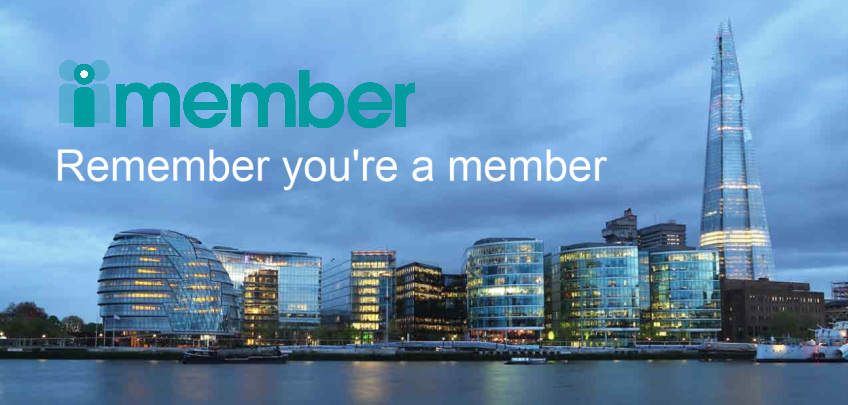Om Malik (@om) posted a tweet that got me thinking. He said
“most apps solve problems at the top of Mazlow's hierarchy, though most $ spent in the US go toward supporting the bottom.”
Here is Mazlow's hierarchy of needs, which is fairly unchallenged as a tool to help us understand the priorities of our motivations.
At iMember we are fascinated with membership. Why do people join organisations? Clearly to fulfill some perceived need that exists somewhere on the hierarchy. Most would appear to be lower on the scale. We join our clubs, societies and so on often for social reasons, (in particular the need to belong and be part of something) or safety and security reasons (eg The AA,trade unions, etc.)
What does this have to do with apps, and Om Malik's observation? There seems to be a disconnect with what is going on, and we are finding this with iMember. Our app reminds members of organisations of the benefits that they are entitled to because of their membership. We have examined tens of thousands of benefits. Most of the rewards that are offered by organisations to their members focus on the top end of the pyramid - leisure activities, money saving, and creativity.
So are app developers getting it wrong? Or are member organisations getting it wrong in the benefits and rewards they offer? If we look at the most popular apps they tend to be games (definitely at the top end of the hirearchy of needs). However, where we choose to spend our money is a pretty fair indication of where our priorities lie. Where we choose to spend our time in the real world, ie the organisations we join, is probably an equally realistic measure of what we think is important. The iMember app seeks to bridge that gap by tieing together the top and bottom of the hierarchy; bringing together the very human fundamental issue of membership, with the nice to have benefits that we all enjoy.
Remember you're a member.

